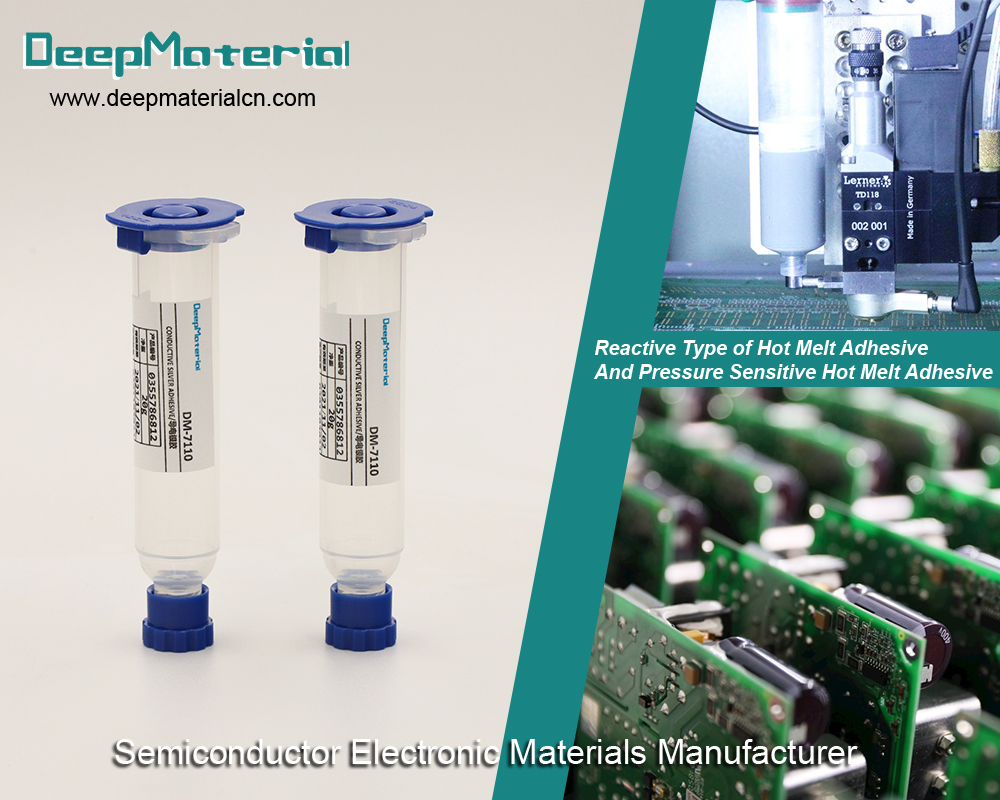Gluing neodymium magnets to plastic : how to glue neodymium magnets to plastic
Gluing neodymium magnets to plastic is relatively easy and can produce excellent results. Gluing neodymium magnets to plastic is a great way to add extra power to your magnets. The process is simple and can be done by anyone with little experience. Here's a beginner's guide on how to glue neodymium magnets to plastic.

What Are Neodymium Magnets, And What Are Their Benefits?
Neodymium magnets are a type of rare-earth magnet. They are also good at attracting and holding onto conductive materials. They are also relatively inexpensive and easy to find. Neodymium magnets are used in many applications, such as computer hard drives, speakers, and microphones. They are also used in the automotive industry for radio antennae, power window motors, and windshield wipers.
What Type Of Magnets Can You Use For Gluing?
Magnet glue is a type of glue that uses a magnet to hold two pieces of material together. There are two main types of magnet glue: rare-earth magnets and ceramic magnets. Rare-earth magnets are the most common type of magnet glue. Rare-earth magnets are more potent than ceramic magnets. Unfortunately, rare-earth magnets are also more expensive and harder to find.
Why Are Neodymium Magnets Best For Gluing Many Projects?
Neodymium magnets are great for gluing many different types of materials together. They are the most vital type of magnet out of the four. They can also fit through smaller spaces and are suitable for gripping materials. They are also easy to use and durable. There are a lot of different uses for neodymium magnets, but they are most commonly used for gluing metals, wood, and plastics.
How To Glue Neodymium Magnets To Plastic?
Tips and tricks to glue magnets made of neodymium. The types of glue you can apply and what not to use!
"glue" or adhesive is commonly used to keep magnets in the right place. Although there's a lot of confusion about various types of glue, here are some suggestions to remember.
Make Sure Your Surfaces Are Clean
It is essential to check that the surfaces you apply glue to are clean and free from imperfections. Dust, dirt, and grease can affect the effectiveness of the bond.
Cleansing surfaces can be done with an alcohol swab or a cloth. You could also apply an item that is a specific adhesive primer (these typically consist of alcohol or Acetone).
Scratch The Surface
Most adhesives and epoxies require roughening when applied to a very smooth surface. Make use of sandpaper or abrasive to "roughen" surfaces. Make sure you clean the dust once done to ensure the surface is held in place for as long as possible.
Hot Glue Guns
With so many choices for acceptable adhesives, it is recommended that you must be careful with Hot glue guns. While it is the preferred adhesive for many other materials, high temperatures can alter the quality of the magnets. Even the ones that advertise "low-temperature" models could be harmful.
Gluing Plastics
The process of gluing magnets to plastics isn't easy, So you might want to inquire with the manufacturer who makes your adhesive to get assistance if you're having difficulties.
When working with plastics, it's essential to remember that they're different. For example, plastics such as ABS (commonly widely used in consumer goods) and PVC (typically used for white pipes) can be used with various adhesives. On the other hand, polypropylene (milk jugs) and polyethylene (disposable plastic bags for shopping) are almost impossible for adhesives to stick to.
What Challenges Do You Face As A Beginner
When you are a beginner, you might find it difficult to glue neodymium magnets to plastic. This is because the surface of the plastic is smooth, and the glue has a hard time sticking. However, if you follow these steps, you can create a strong bond. These steps include using thin enough glue to spread easily and quickly but not so thin that it will run. It would help if you also used glue at the right temperature. If the adhesive is too cold, it will dry too quickly, leading to an unsuccessful bond. It would help if you also used water-based glue, so it is not harmful to the surface of the plastic. Lastly, it would help if you used quick drying glue as well. If you do not do this, you will have difficulty finishing the project.
What Results Can You Expect When Gluing Neodymium Magnets To Plastic?
Neodymium magnets are strong and can be used to attach metal objects to metal surfaces. When glued to plastic, they create a strong bond that is not quickly broken. To create a stronger bond, you can glue magnets to plastic and then attach a metal object to the plastic. You can also use a glue gun to stick a magnet to plastic. However, it would help if you were careful that the glue does not get inside the magnet.
The best glue for attaching neodymium magnets to plastic is "DeepMaterial." It is made to stick to various materials and is the strongest glue for attaching neodymium magnets to plastic. The company provides different types of glue that can be used with magnets, including glue sticks, glue dots, and glue liquid. The glue sticks and dots are the most convenient and can be used on various surfaces. The glue liquid is a little more challenging but better suited for multiple characters.

For more about gluing neodymium magnets to plastic : how to glue neodymium magnets to plastic,you can pay a visit to DeepMaterial at https://www.deepmaterialcn.com/epoxy-glue-for-magnets-in-electric-motors-and-micro-motor-bonding-from-one-commponent-uv-hardening-adhesive-glue-manufacturer.html for more info.
 English
English








